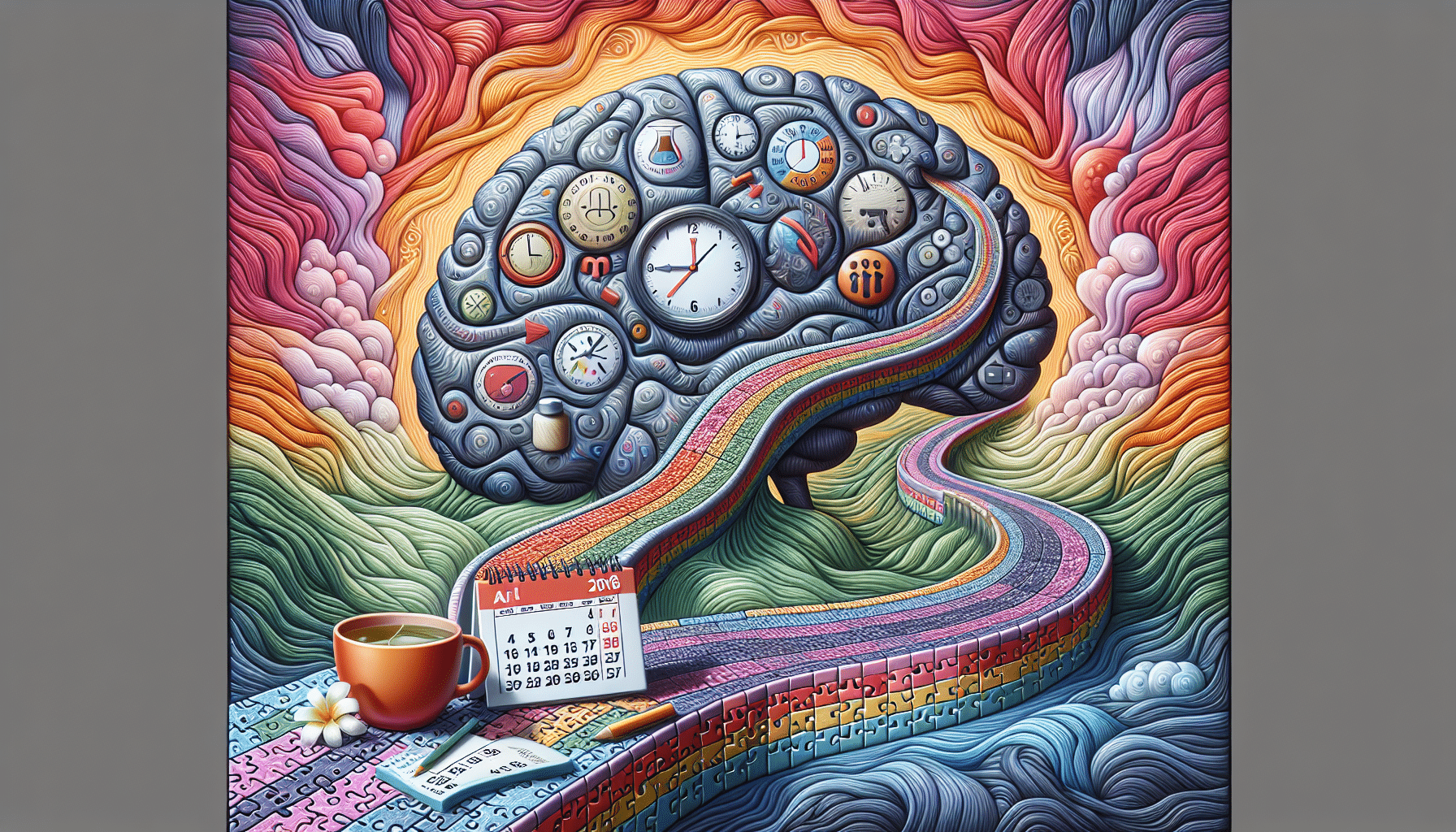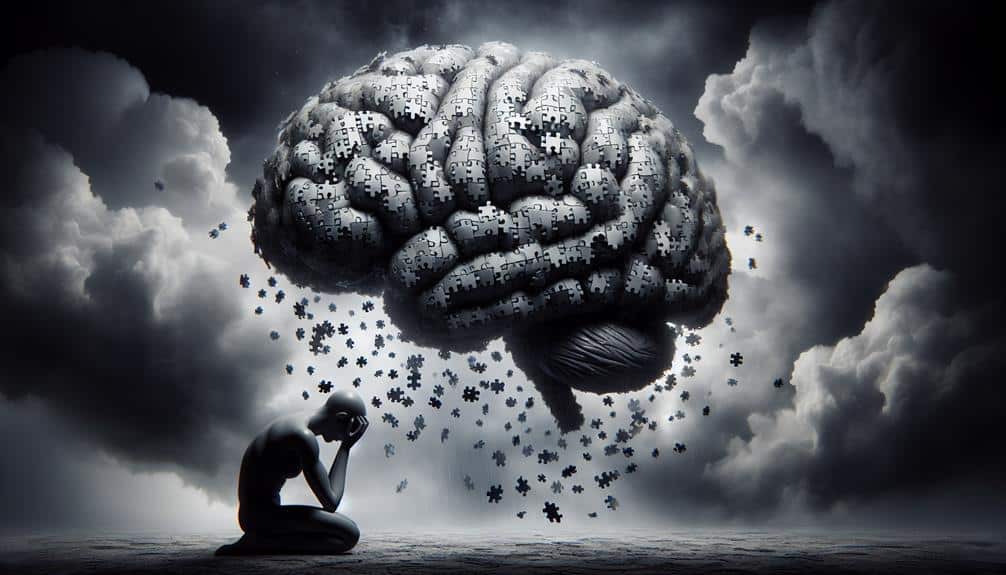Have you ever felt like a Wall Street trader on the brink of a panic attack due to high stress levels? Or maybe you’ve found yourself bored, restless, demotivated, and caught in the grips of insufficient stress?
Whether you’re overloaded and pushed beyond limits or experiencing understimulation and a lack of motivation, we’re exploring the dynamics of hypostress vs. hyperstress. Stick around as we unfold strategies to balance your emotional strain and turn stress into a positive, beneficial force.
What is hypostress and how does it differ from distress?
Hypostress refers to insufficient stress, which can lead to disengagement and reduced productivity, contrasting with distress, which involves excessive stress, causing anxiety and other negative effects. Managing hypostress focuses on creating optimal challenges to maintain engagement and motivation.
This blog is part of a series on “types of stress.” The next blog is about Developmental Stress.
Understanding Hypostress
In the realm of stress, insufficient stress, or hypostress, is often overshadowed by its more intense counterpart. However, the lack of stimulation it brings can lead to a peculiar form of distress. When we’re not challenged enough in our personal or professional lives, we can become bored, restless, and profoundly demotivated.
This state of under-stimulation isn’t just about having too much free time; it’s about not engaging our skills and passions in meaningful ways. The feeling of being a Wall Street trader with no trades to make encapsulates this perfectly; despite being in a high-stakes environment, the absence of challenge leads to a lack of motivation and a restless discontent.
Moreover, being stressed about nothing can become a paradoxical source of stress itself. Without the right amount of pressure or challenge, we might search for purpose, leading to a cycle of frustration and boredom. Recognizing the signs of hypostress is crucial for addressing it, as outlined in discussions on types of stress and their impacts. By understanding its nuances, we can take steps to reintroduce challenges into our lives, thereby reinvigorating our sense of purpose and engagement.

The Dangers of Hyperstress
Hyperstress, characterized by high levels of stress, presents a stark contrast to hypostress. This condition occurs when we’re pushed beyond our limits, leading to an overloaded and overworked state. The smallest tasks become Herculean efforts, and our capacity to manage daily challenges diminishes.
This constant state of being overwhelmed can result in panic attacks, extreme frustration, and exaggerated reactions to minor irritations. The emotional strain of living in a heightened state of alertness is not only exhausting but can also precipitate a range of psychological pains.
The life of a Wall Street trader, often romanticized for its high energy and potential for reward, can quickly become a case study in hyperstress when the pressure becomes unmanageable. It’s a vivid illustration of how being overloaded with demands leads to a significant stress overload, impacting both mental and physical health. Addressing hyperstress requires recognizing its signs and implementing strategies to reduce stress levels, ensuring we don’t remain perpetually overworked and on the edge of a breakdown.
Physiological Impacts of Stress Extremes
Both hypostress and hyperstress exert profound effects on our body’s physiology. Hypostress can lead to a state of apathy, where our physical and mental energies are untapped, leaving us feeling unfulfilled and demotivated. Conversely, hyperstress puts excessive pressure on our bodily systems, triggering a cascade of hormonal imbalances that can exacerbate conditions like chronic stress and acute stress.
This imbalance not only affects our immediate well-being but can also have long-lasting health consequences. Understanding the physiological impacts of these stress extremes is vital for maintaining our health. The nervous system, in particular, bears the brunt of stress overload, with elevated stress hormones like cortisol leading to various issues from sleep disturbances to immune system suppression.
| Aspect | Hypostress Impact | Hyperstress Impact |
|---|---|---|
| Mental Health | Increases boredom, potential for depression | Raises anxiety, risk of burnout |
| Physical Health | May lead to lethargy, underactivity | Can cause headaches, hypertension |
| Work Performance | Decreases motivation, lowers engagement | Reduces efficiency, increases errors |
| Social Relationships | Leads to disinterest, isolation | Causes irritability, strains relationships |
| Emotional Well-being | Results in dissatisfaction, lack of fulfillment | Triggers overwhelming stress, emotional exhaustion |
Psychological Effects and Emotional Well-being
The psychological landscape molded by stress is intricate, with both hypostress and hyperstress contributing to emotional strain and psychological pain. When our daily lives lack sufficient challenge, leading to hypostress, we may feel restless and discontent, searching for meaning in an environment that no longer stimulates us.
This lack of engagement can lead to a profound sense of apathy, affecting our overall emotional well-being and disconnecting us from our surroundings. Conversely, the relentless pressure of hyperstress can push our emotional resilience to its limits, leading to heightened anxiety, panic attacks, and a general sense of being overwhelmed.
The psychological toll of constantly being in a state of high alert can be devastating, undermining our mental health and reducing our capacity to cope with even minor stressors. Addressing these psychological effects through strategies that promote emotional well-being is essential for healthily navigating the complexities of stress.
Balancing Stress: Strategies for Well-being
Finding the equilibrium between too little and too much stress is key to our well-being. Implementing strategies that help us manage our stress levels effectively can transform how we experience daily life. Introducing challenges that are both fun and exciting can help mitigate the effects of hypostress, while techniques to manage high stress levels can prevent the negative impacts of hyperstress.
Practices such as mindful meditation, engaging in regular physical activity, and learning to prioritize tasks can make a substantial difference in our stress levels. Moreover, understanding the importance of eustress, or positive stress, in our lives is crucial. Eustress is a motivational force, pushing us to achieve our goals and find fulfillment in our endeavors.
| Strategy | Benefits | Applicability |
|---|---|---|
| Mindful Meditation | Reduces stress, enhances focus | Both Hypostress and Hyperstress |
| Physical Exercise | Improves mood, reduces anxiety | Both Hypostress and Hyperstress |
| Time Management | Prevents overload, reduces stress | Hyperstress |
| Learning New Skills | Increases engagement, prevents boredom | Hypostress |
| Setting Realistic Goals | Enhances motivation, provides direction | Both Hypostress and Hyperstress |
| Seeking Social Support | Provides emotional support, reduces isolation | Both Hypostress and Hyperstress |
| Prioritizing Self-care | Improves overall health, reduces stress levels | Both Hypostress and Hyperstress |
Personal Thoughts
In reflecting on my struggles with chronic stress, I understand how the notion of hypostress might resonate with many who seek a balanced response to life’s demands. I’ve learned the importance of recognizing and addressing not just overload but underload, too.
My experiences compel me to share insights on managing minimal stress effectively to prevent it from morphing into a disengaged or listless state. This approach has guided me to healthier stress levels and enriched my understanding of stress’s spectrum.
Frequently Asked Questions
How can hypostress affect long-term mental health?
Hypostress, characterized by insufficient stress or under-stimulation, can lead to long-term mental health issues such as chronic boredom, depression, and a decrease in cognitive function. Over time, the lack of challenge and engagement can diminish a person’s sense of purpose and fulfillment, potentially contributing to low self-esteem and decreased life satisfaction.
What strategies can mitigate the effects of hyperstress?
Implementing stress management techniques and lifestyle changes is crucial to mitigating the effects of hyperstress. Strategies include regular physical exercise, which helps reduce stress hormones and increase endorphins; mindfulness practices like meditation and yoga to enhance relaxation; adequate sleep to support recovery and resilience; time management to prevent overload; and seeking support from professionals or support groups for coping mechanisms.
Can changing one’s environment reduce hypostress or hyperstress?
Yes, changing one’s environment can significantly reduce both hypostress and hyperstress. For hypostress, introducing new challenges, social interactions, and engaging activities can provide the necessary stimulation to alleviate boredom and restlessness. This can involve changing jobs, taking up new hobbies, or learning new skills. For hyperstress, creating a more calming and organized environment, reducing noise and clutter, and incorporating elements of nature can help lower stress levels.
How do physical activities impact stress levels?
Physical activities have a profound impact on stress levels, benefiting both hypostress and hyperstress conditions. Regular exercise increases the production of endorphins, the body’s natural mood elevators, which can reduce stress, improve sleep, and enhance overall well-being. For those experiencing hypostress, physical activity can provide a positive and engaging challenge, increasing energy levels and preventing boredom. In cases of hyperstress, exercise acts as an effective stress relief tool, helping to lower cortisol levels, reduce tension, and promote relaxation.
What role does diet play in managing stress?
Diet plays a crucial role in managing stress by affecting the body’s physiological response to stressors. A balanced diet rich in fruits, vegetables, whole grains, lean protein, and healthy fats can help stabilize blood sugar levels, reduce inflammation, and support brain function, all essential for stress management. Nutrients such as omega-3 fatty acids, magnesium, and antioxidants have been shown to reduce symptoms of stress and anxiety.




